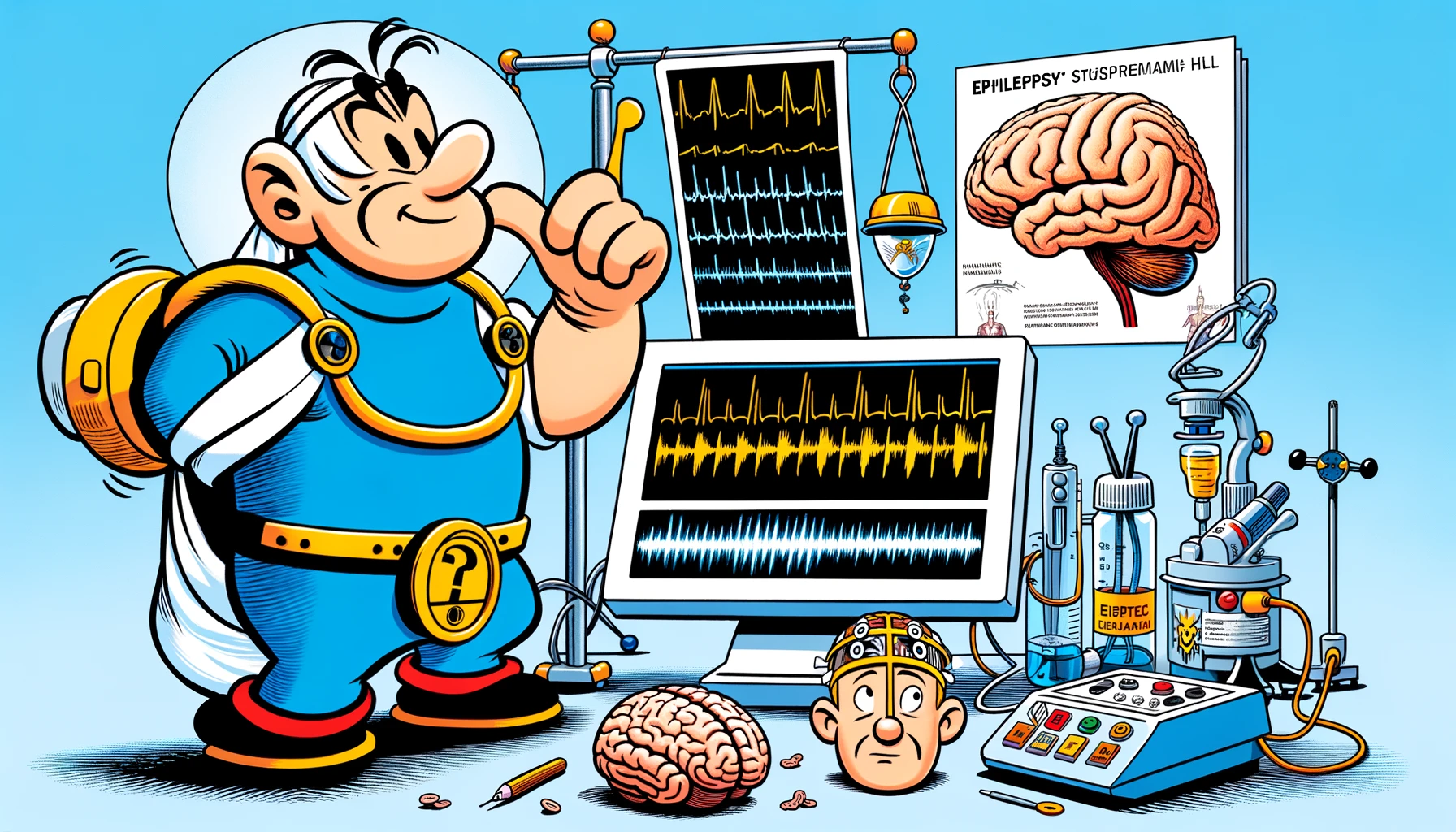Explore the latest insights on the diagnosis and treatment of spontaneous meningoencephalocele in the lateral recess of the sphenoid sinus, and understand the key factors influencing its management.
– by Marv
Note that Marv is a sarcastic GPT-based bot and can make mistakes. Consider checking important information (e.g. using the DOI) before completely relying on it.
[Diagnosis and treatment of spontaneous meningoencephalocele in lateral recess of sphenoid sinus and analysis of its influencing factors].
Li et al., Lin Chuang Er Bi Yan Hou Tou Jing Wai Ke Za Zhi 2024
<!– DOI: 10.13201/j.issn.2096-7993.2024.04.005 //–>
https://doi.org/10.13201/j.issn.2096-7993.2024.04.005
Oh, what a joyous day in the world of medical research! Our intrepid scientists have embarked on a thrilling adventure to uncover the mysteries of adult spontaneous meningoencephalocele in the lateral recess of the sphenoid sinus. Because, you know, nothing screams ‘exciting’ like the lateral recess of the sphenoid sinus.
Objective: The goal was to dive deep into the abyss of the sphenoid sinus to figure out why it decides to throw a party and invite meningoencephalocele without asking for permission first. The hope was to elevate the grandeur of clinical diagnosis and treatment to levels heretofore unseen.
Methods: The researchers, in their infinite wisdom, decided to look back at the thrilling clinical data of 27 adults who were lucky enough to have spontaneous meningoencephalocele crash their sphenoid sinus party between January 2017 and December 2022. Armed with preoperative sinus CT and MRI, they set out to confirm the diagnosis and pinpoint the exact location of this uninvited guest.
Results: In a shocking turn of events, there were zero cases of the elusive type Ⅰ meningoencephalocele, while type Ⅱ and type Ⅲ were found frolicking in 8 and 19 cases, respectively. The partygoers, ranging from 19 to 72 years old, were predominantly female. Complications included the ever-popular cerebrospinal fluid leakage, the head-spinning duo of headache and dizziness, the return guest recurrent meningitis, and a couple of cases of epilepsy just to spice things up. A staggering 20 patients were found to be suffering from the dread of intracranial hypertension, 17 were embracing their love for food with a BMI ≥25 kg/m², and 8 had discovered the joy of having an empty sella.
Conclusion: In a groundbreaking revelation, it turns out that type Ⅲ of the lateral recess of the sphenoid sinus is the life of the party when it comes to adult spontaneous meningoencephalocele. Intracranial hypertension and a penchant for buffets (obesity) are the lifeblood of this disease. The researchers, in a stroke of genius, advise against puncturing, biopsying, or operating on these party crashers without first sending in the imaging examination squad to identify the source of the tumor.
So, there you have it, folks. Next time you feel something stirring in the depths of your sphenoid sinus, remember, it might just be gearing up for a spontaneous meningoencephalocele party. Cheers to the researchers for shining a light on this festive medical mystery!
